The curious and chequered history of cities named after people
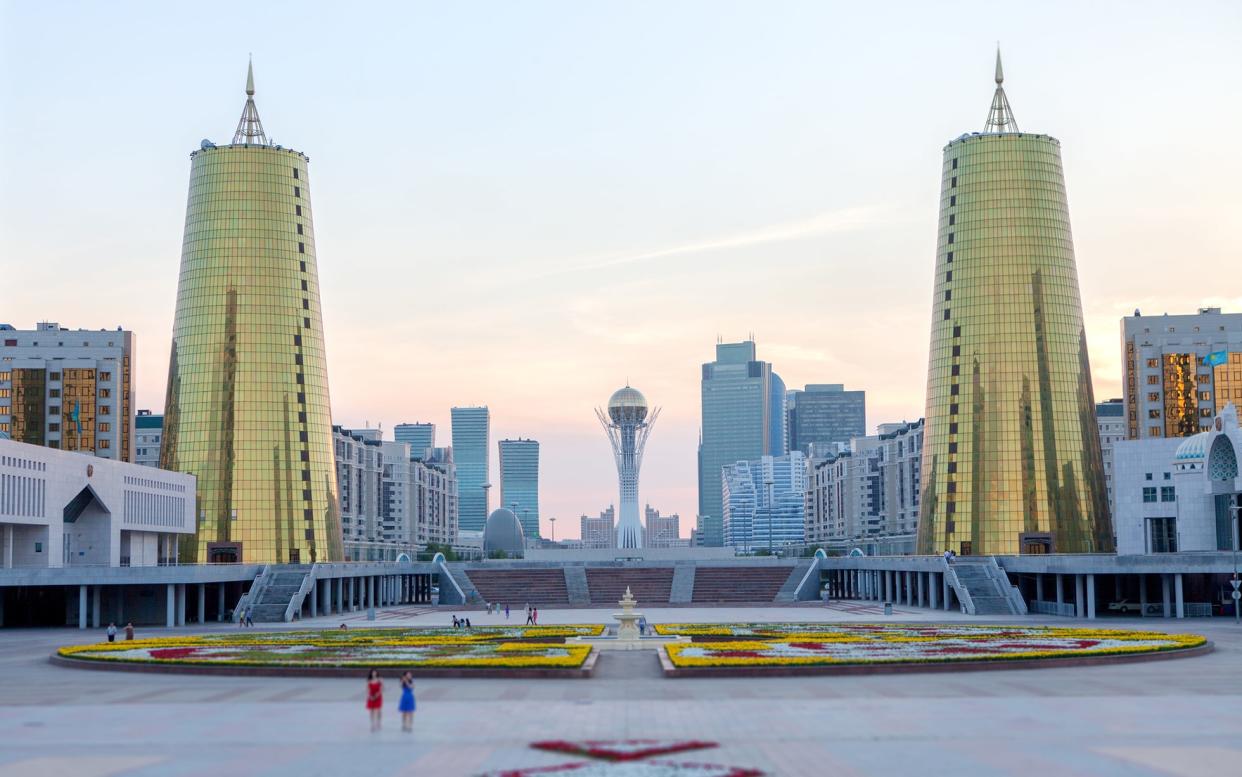
It can be tricky when someone is leaving a job they have done for a long time. They have been an important member of the team, putting in long hours, and making important decisions at key moments. You want to mark the fact that their departure is going to drive a big hole through the day-to-day functions of your place of work.
So what do you get them as a parting gift? A big card signed by everyone on the staff? Well yes, obviously. But you need something more than that. A large cake and a bottle of fizz from the nearest supermarket? It's been done. A gold watch in a smart case? That's a bit old-hat. A T-shirt bearing the legend "if you need me, I'll be on the golf course”? It's quirky, but do we know if he plays golf? Is that his thing? Are you sure?
And then someone has a brainwave. Why not... bear with me here guys, it's a bit of a curveball, but it came to me in the lift, and Josh thinks it's a great idea. Why don't we rename the capital city after him? Yes, the whole capital city? Whaddya think? Is it too much? Come on Josh, back me up. You said you liked it.
This probably isn't quite the discussion which took place over a couple of cigarettes next to the fire escape in the Kazakhstan parliament earlier this week - but the effect is much the same. In case you missed it, this is the news that, as of Wednesday, Astana, the capital of this vast Central Asian state, has been rechristened "Nursultan" - in honour of Nursultan Nazarbayev, who stepped down as president after almost 29 years in the role on Tuesday. The move was proposed by Kassym Jomart-Tokayev, Nazarbayev's interim successor - and was unanimously approved by the parliament.
A surprising decision? Not really. Nazarbayev had been president since 1990, triumphing in the first elections in the wake of Kazakhstan's independence from the disintegrating Soviet Union. He was re-elected in April 2015 with a mathematically remarkable 98 per cent of the vote. He is regularly referred to as "Leader of the Nation". Despite his resignation, and age (he is 78), he is staying on in his (very influential) position as chairman of the Kazakh security council. He is a friend of Vladimir Putin. He is not a man who will disappear easily from the political stage. This explains why the moniker change for the capital is not the limit of Kazakhstan’s hat-tipping. Cities across the country, including Shymkent, have started renaming streets in tribute.

However, Nursultan-Astana should not, perhaps, get too comfortable in its latest guise. For one reason, this is not the first time it has had to order new headed stationery. Although it was founded only as recently as 1830, its name has changed almost with the seasons. It began life as a small fort, "Akmoly". It became "Akmolinsk" once it had grown enough to be considered a town. It graduated to "Tselinograd" in 1961, by which time it was viewed as a city. It was "Akmola" in the post-Soviet dawn of 1992, before "Astana" (meaning "capital city") superseded this in 1998.
A second, more pertinent reason, is that cities named after famous figures - particularly figures of political stature - do not always maintain their allegiance to their eponymous champion. Times change, governments fall, and the presidential titan who was the "hero of the people" in one rose-tinted decade can be the disparaged emblem of a discredited era but years later. The proof is there in the places below, which have all, in the past, worn different identities to the ones which now stare up at us from the pages of the atlas.
Stalingrad
Now better known as: Volgograd
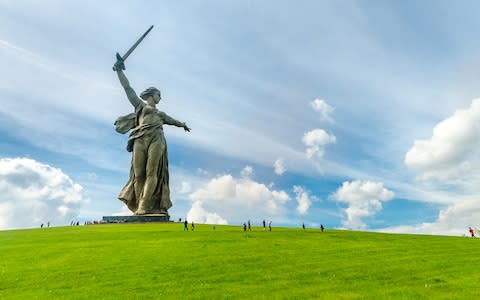
In the spotlight: Joseph Stalin. You've probably heard of him. He was the behemoth of far-left politics who led the Soviet Union as General Secretary of the Communist Party between 1922 and his death in March 1953. A strongman whose force of personality played a key role in Allied forces winning the Second World War - but a brute and a tyrant whose Great Purge (a campaign of political repression between 1936 and 1938) is thought to have cost the lives of more than a million Soviet citizens.
What's in a name? The city now known as Volgograd - in south-western Russia - had been happily minding its own business under the name "Tsaritsyn" from its moment of foundation (in around 1555) - and owed its identity, in a more simple time, to its position on the banks of the River Tsaritsa. But it was re-named in 1925 - at a time when the Soviet Union's new leader was consolidating his power - in reference to Stalin's role in its "defence" against anti-communist forces during the Russian Civil War of 1917-1922.
What happened? Mortality. After he died, Stalin was succeeded by Nikita Khrushchev, who brought in a series of sweeping reforms sometimes referred to as "De-Stalinisation". This included another name change for Stalingrad, which became Volgograd - due to its location on another River, the Volga - in November 1961.
Leningrad
Now better known as: St Petersburg
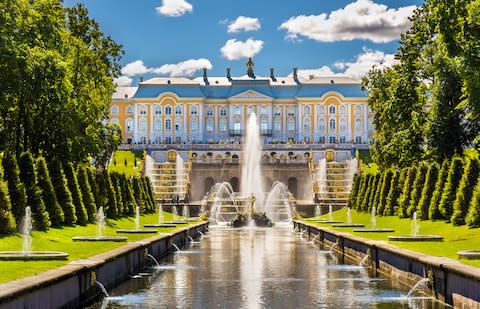
In the spotlight: Vladimir Lenin. Again, you've heard of him. He was the socialist firebrand whose impassioned rhetoric was one of the key catalysts for the Russian Revolution in 1917. He would go on to lead the Soviet Union until his death in 1924.
What's in a name? The game of political football that saw Russia's second city renamed three times in the 20th century was a metaphor for the turbulence of the era. The metropolis in question was, of course, founded in 1703 as the dream city of Tsar Peter the Great (Peter I) - who wanted a European-style capital at the west edge of his enormous kingdom. His fantasy would be fulfilled amid a flurry of palaces and churches. But although St Petersburg was named not for its creator, but for the apostle, it would fall prey to the tides of revolution 200 years after its arrival on the map. It became "Petrograd" in 1914 - because, as bullets began to fly in the First World War, "St Petersburg" was deemed to sound too German. Then came the fall of the monarchy. "Leningrad" was born amid the communist fervour of 1924 - five days after the frail Lenin had died of complications from his third stroke.
What happened: The eventual collapse of the Soviet Union. The city reverted to its original name in October 1991. However, its "other" name will always linger in the Russian psyche, thanks to the "Siege of Leningrad" and the resistance of its inhabitants to German assault in one of the Second World War's bloodiest episodes (1941-1944).
Hughesovka
Now better known as: Donetsk
In the spotlight: John Hughes, a Welsh businessman who - in what it a remarkable story - founded a city in what was then Russia, but is now eastern Ukraine, in 1870.
What's in a name? Even by the standards of the Industrial Revolution, Hughes enjoyed an impressive career. The son of an ironworks engineer, he was born in Merthyr Tydfil in 1814, and rose quickly - owning a foundry in Newport by 1850. He was working in London later that decade, helping to clad warships for the Royal Navy - before a commission from the Russian government took him east. He was charged with setting up an ironworks on a site north of the Black Sea. He did so with such rapid success that, by the time he died in 1889, the settlement had become a city that bore his name.
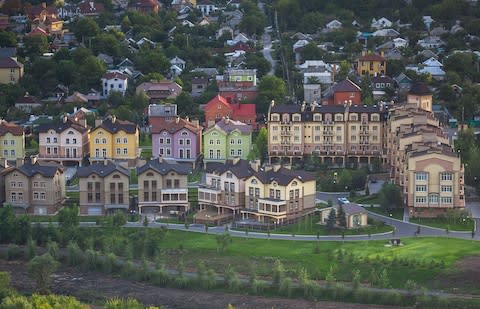
What happened? The same Soviet ethos which swept Stalingrad and Leningrad in and out of existence. Hughesovka became Stalino in 1924 (no prizes for guessing the inspiration), and Donetsk in 1961 (again, as part of Khrushchev's De-Stalinisation process) - taking on a new identity pinned to the River Donets. It changed nationality with Ukrainian indepedence in 1991 - though has been mired in civil war since 2014.
Lourenço Marques
Now better known as: Maputo
In the spotlight: Lourenço Marques, a Portuguese navigator who played a prime role in his country's explorations along the east coast of Africa during the 16th century.
What's in a name? In 1545, Marques pointed his ship into Delagoa Bay (Maputo Bay) - the huge natural harbour at what is now (pretty much) the south end of Mozambique's long shoreline on the Indian Ocean. It would be another two centuries before a city began to sprout on the water's edge, growing gradually around a fortress established in 1787. But when it did so, it took on the name of the sailor who "discovered" the site.
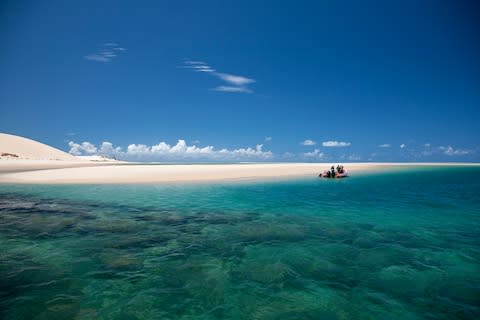
What happened? The dramatic collapse of Portuguese rule in its African colonies - a house-of-cards cascade in 1974 and 1975 which saw Mozambique (and Angola) set free. The erasure of Lisbon from the picture was swift. Statues of Portuguese figures were removed, and the capital city took on a new guise - in February 1976, it became Maputo, in reference to the river which marks (some of) the country's border with South Africa. However, you can still see echoes of the former world. Mosaic pavements - a telltale symbol of Portuguese urban life everywhere from Porto to Rio - still line some of Maputo's streets (though often in poor condition) - while its Central Railway Station, built in Beaux Arts style between 1908 and 1916, is a beautiful ghost.
Salisbury
Now better known as: Harare
In the spotlight: Robert Gascoyne-Cecil, the third Marquess of Salisbury. Or Lord Salisbury - the Prime Minister - as he was more commonly known in 1890, when British colonial troops founded a fort bearing his name in the Mashonaland region of what is now Zimbabwe. He would occupy 10 Downing Street until 1902. In fact, he held the position in three spells, proving himself a politician of some fortitude - though he was not universally admired. The historian Paul Smith, an expert on Victorian England, has described him as "deeply neurotic, depressive, agitated, introverted, fearful of change and loss of control, and self-effacing but capable of extraordinary competitiveness". Hardly a ringing endorsement.
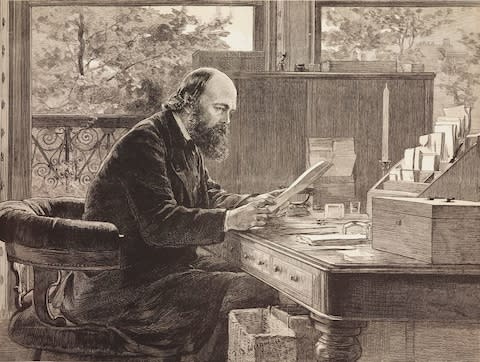
What’s in a name? Fort Salisbury became Salisbury, as what was a largely unsettled site grew into a city. By 1923, it was the capital of Southern Rhodesia, with government buildings, a polo club, and all the ephemera of colonial rule in Africa. It would be capital of the Federation of Rhodesia and Nyasaland, and of the Republic of Rhodesia too.
What happened? The unstoppable surge of African independence. The Republic of Zimbabwe was internationally recognised in 1980, and minority white rule under Ian Smith was consigned to the past. The capital’s name change would come two years later, on April 18 1982 - the second anniversary of independence. Depending on which source you read, Harare refers to Harava, a former chief of the Zezuru people, or is a corruption of the celebratory Shona term "Havarari", which translates as "they never sleep". Either way, it is a far more appropriate name for an African capital than a word which speaks of Wiltshire.
And one which has survived the tides of history…
Ho Chi Minh City
Once better known as: Saigon
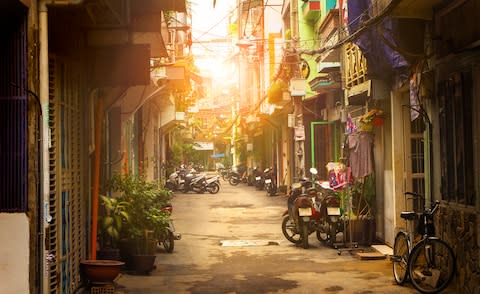
In the spotlight: The communist revolutionary leader, born Nguyen Sinh Cung, who would be instrumental in the creation of a united Vietnam. He was prime minister (1945-1955) then president (1945-1969) of the Democratic Republic of Vietnam (North Vietnam) - a time of turbulence which saw the country shake off French colonial rule. Although he stepped down from power in 1965 due to health reasons, he was one of the shaping figures of the Vietnam War, which raged between 1955 and 1975. His huge mausoleum is one of the key sights in Hanoi, the city which stood as his power base.
What’s in a name? Saigon was the capital of French Indochina during the colonial era, and of the short-lived state of South Vietnam between 1955 and 1975. It fell to North Vietnamese troops - in what has become one of the most famous days in later 20th century history; American helicopters swirling above the rooftops amid the panic of mass evacuation - on April 30 1975. As conquered/liberated territory (depending on your perspective), Saigon was renamed Ho Chi Minh City on July 2 1976. Experts on Vietnam will point our that this was not its first rebirth. Its original, Khmer, name was Prey Nokor.
What happened? In a sense, not much. Ho Chi Minh City has developed into a gleaming metropolis on the banks of the River Saigon. Hanoi is still the Vietnamese capital, but its southern rival certainly eclipses it on population - and arguably on glamour. It wears its history openly - not least in the red brick of its Notre Dame Cathedral, which may be the finest French religious structure built outside France. Many locals still call it "Saigon".
Quiz: The surprising former names of famous places
Test yourself on other cities and countries that changed their name:


